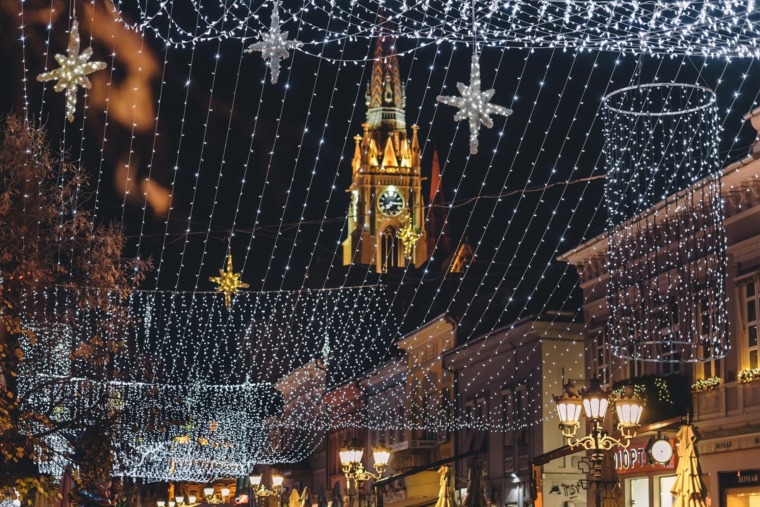

Serbian painting have followed all the world’s trends from medieval to modern times, but it still managed to develop an authentic form of its own.
Serbian painting was developed within architecture and a tradition of decorating walls in churches built by Serbian nobles and kings over a century ago. It originates from Byzantine art that however originated from rich Hellenic heritage.
Between two worlds, the East and the West, Serbian painting was influenced by both sides and it turned into the art recognizable by its uniqueness and grandeur. This art was inseparably connected to history, culture and literature of Serbia in the Middle ages.
The Grate Serb Migration under Patriarch Arsenije III Čarnojević in the 17th century was a milestone when Serbs started being included in the West-European culture with strong urban society and new Baroque art. The 19th century Romanticism in Serbia had noticeable representatives, while the 20th century artistic movements like Surrealism, Cubism, Expressionism and Neo-classicism also had significant achievements.

Beside the soc-realistic epoch, new modern artistic movements, in accordance with the world tendencies that wanted to cancel differences between different media in art, appeared in Serbia in the second half of the 20th century. A part of this treasure can be seen in the Belgrade Museum of Contemporary Art.
The most famous Serbian painters were: Katarina Jovanović, Nadežda Petrović, Paja Jovanović, Sava Šumanović, Milena Pavlović Barili, Uroš Predić, Jovan Bijelić, Djura Jakšić, Milić od Mačve, Milan Konjović, and many more others.
Related Articles


What to Do with Kids in Serbia: Family-Friendly Holiday Ideas
December 14, 2025
Winter Wine Escape: Serbia’s Most Beautiful Holiday Wineries
December 11, 2025






